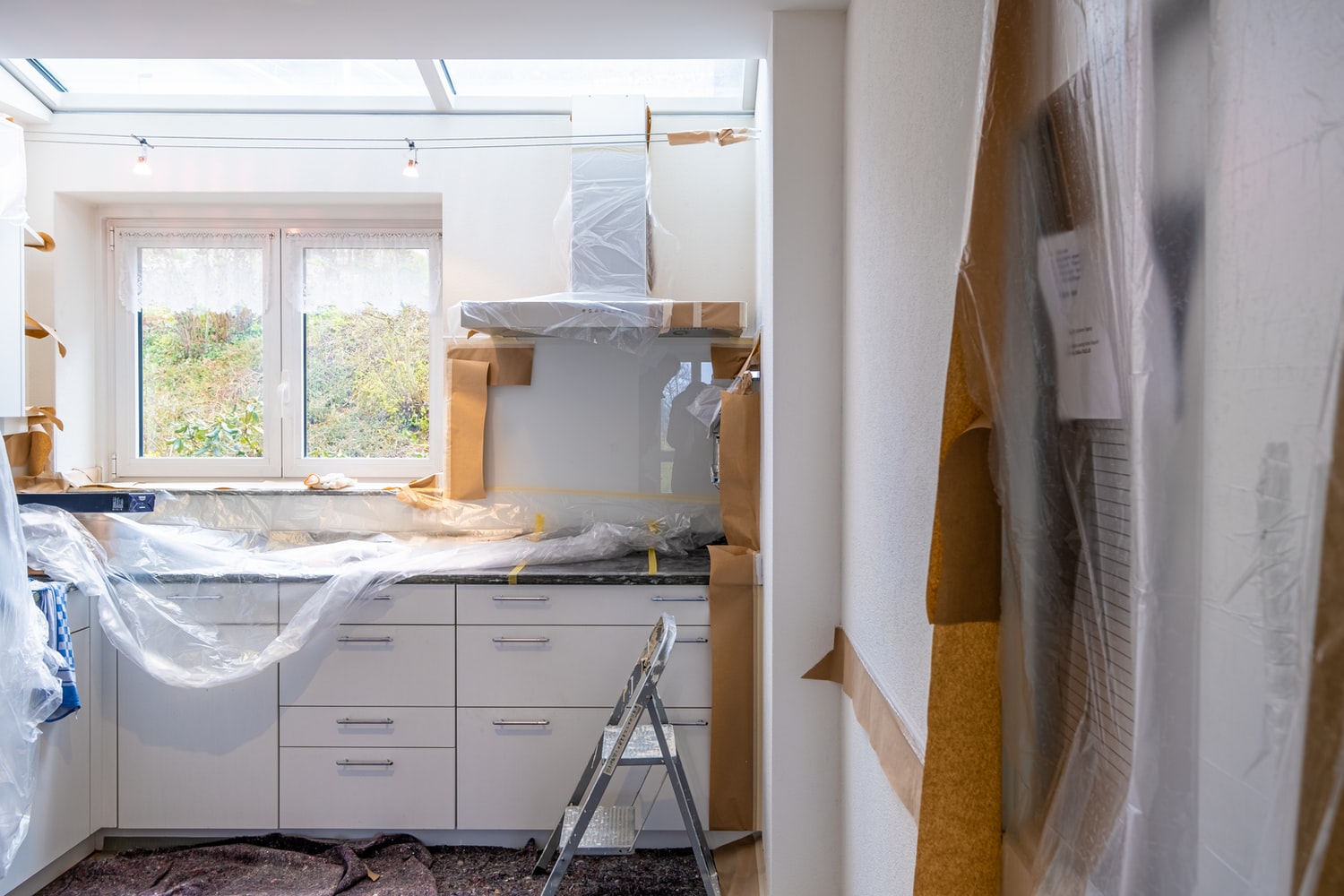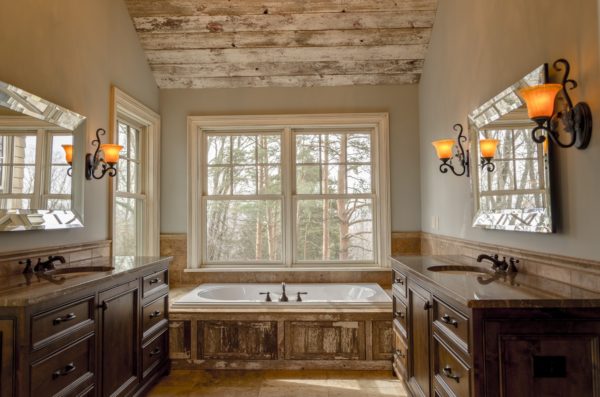
By Andy Tuttle
The housing market is ever-changing but the need to live and work in a comfortable, well-appointed home has never changed. It’s a situation that can leave many people feeling trapped.
There is a solution – a renovation loan could be the way out.
A renovation loan is different to traditional home improvement loans or mortgages in that it is based on the value of the property after the work is completed.
That could mean adding something to your own property or buying a property that needs some work to bring it up to the standard you would expect.
With the popularity of shows like Fixer Upper more and more people are considering projects of their own, but renovation loans offer a way to take out the personal hard work and DIY disasters.
Many think their first home, or an upgrade to a larger home is out of their reach. Yet, with a little thought and professional guidance it can become reality.
Think of it this way: if you want a home with a superb kitchen, a luxurious bathroom, or even a pool you will be paying the seller for all the work they have done. Instead look for properties marketed as ‘Needs TLC’, or ‘As is condition’. You view the property, see it could do with work, perhaps adding a bedroom for your growing family, as well as the new kitchen and bathroom.
It is then that having a good loan advisor on your side, to help you navigate through the process is a vital step.
First there are the different types of renovation loans. The main ones are based on the Federal Housing Administration (FHA) federally-backed loans, and come with some conditions that at first glance may seem onerous, but should not be feared. They are called FHA 203K loans, and there are two types and both can work for those with less than perfect credit.
FHA 203k streamline/limited loan covers minor work under $35k. It covers minor repairs and popular updates like the kitchen and bathroom.
The FHA 203K Full has no limit, except for the county’s FHA loan limit, on construction, and includes structural repairs that can include anything from the roof down to the foundations.
The fact that these renovation loans are based on the value of the property after the work is done make it more attractive in terms of the loan, and apart from the down payment, there is nothing else to be paid until repayments begin.
Whether you are buying or are improving an existing home you will need to get an approved contractor to provide an estimate, and an appraiser to value the house after the work is completed. We are experienced in helping you manage these interactions (for example, making sure that both the contractor and appraiser meet on site to avoid any confusion or miscommunications). Then the calculations will be precise, and you can even build in a contingency in case the work costs more than initially expected.
Take the example of seeing a house on the market for $300,000 in a relatively good area, but in need of work and a bathroom. Plumbing, new toilet, bath, shower, sinks, tiling, paint, roof repairs, fan, lighting, and paint comes to $20,000. The exterior of the house also needs painting or shingling, coming to $4,000 as well as new carpeting throughout at a cost of $3,000. This comes to a total of $27,000 in renovation and a total “cost to acquire” of $327,000. The contractor agrees to the price and the appraiser says that once the work is completed the value of the house will be $390,000. That creates $63,000 of equity for you.
But why do these fixer uppers come to market? Quite often the seller does not want to pay out for work and just wants a quick sale. Or they may be downsizing and want to move quickly. Off-base military personnel may be re-deployed and need to move their family without hassle. And many properties come to market as a result of probate or estate.
Current home owners can also benefit from renovation loans. Rather than taking out a 2nd loan for home improvements, a renovation loan will pay off the existing loan and finance the cost of renovation or improvements.
For example, a home owner purchased a home for $250,000 and owes $200,000 on their original mortgage. They want to spend $100,000 to update their kitchen and bathrooms. Once completed, the homeowner will owe $300,000 ($200k original loan + $100k for improvements) on their new renovation loan, but their home is now worth $400,000. The higher loan amount will increase the payment slightly but it also means the future value will increase and the home owners can enjoy the home longer.
With the current market conditions, renovation loans are more attractive than ever, enabling homeowners to make their current homes their dream homes rather than compete for a limited supply of homes on the market.
Apart from the FHA 203k loans there are other products for those wanting to make improvements. There are other loans that might be more appropriate for your specific needs. For example, the Conventional “Homestyle” Renovation Loan allows a homeowner to add a pool on the property. As is always the case for any property-based lending, searching Google will not answer all your questions, or explain all your options.
Let the Tuttle Group be your partner. Our expert team is here to help you find the right loan to fit your needs. We believe that buying or improving a house should be exciting, not overwhelming. Contact us to see how we can help you, or simply click the Apply Now button on our home page to get started.
Andy Tuttle is a Loan Originator and Branch Manager of The Tuttle Group at Mid America Mortgage.




